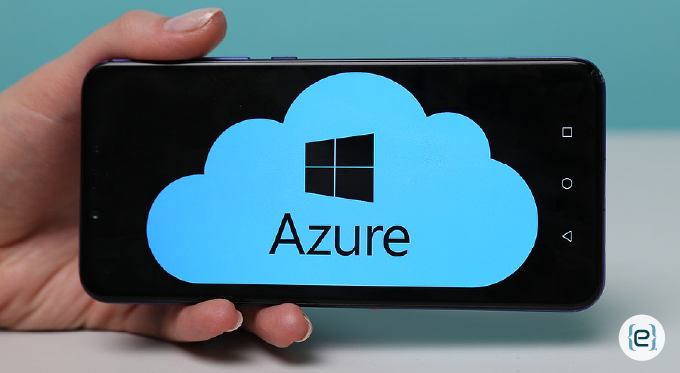As new Artificial Intelligence (AI) technology expands, companies may be missing significant growth opportunities if they don’t consider hiring and training people with disabilities. Thus, Microsoft recently launched a five-year Business AI program to address these challenges with a focus on developing more accessible technology.
With over one-billion people in the world living with disabilities, most face challenges for employment, education, and day-to-day life circumstances. Microsoft’s accessibility technology, built into Microsoft 365, Azure, and other products, creates more opportunities for people with disabilities entering the workforce and builds a more inclusive workplace.
Business AI: A Win-Win for Companies and Employees
And the hiring organization benefits as well. For example, During the COVID-19 pandemic, demand for Microsoft Teams accessibility features such as live captioning increased by 30 times the previous use. And Immersive Reader usage increased by 560 percent.
A recent study by Accenture in partnership with Disability:IN and the American Association of People with Disabilities, found that inclusive companies had, over a four-year period, 28 percent higher revenue, double the net income, and 30 percent higher economic profit margins than their peers.

Azure Business AI Disability Solutions
Microsoft and Azure AI offer a wide variety of accessibility solutions to aid companies in creating more inclusive experiences for their employees. These services include speech transcription and captioning, content readers, translation services, voice assistants, facial recognition, and computer vision.
These AI-powered tools can help individuals with disabilities better access and engage with digital content. Capabilities include speech-to-text transcription, image captioning, and text-to-speech translation.
Accessibility Use Cases
Azure AI powers many of the accessible experiences found within Microsoft today. Here are some powerful examples:
- Conversation, meetings, and live broadcasting. With Azure Cognitive Services, Microsoft Teams provides speech-to-text transcription and captioning for calls and meetings This facilitates online communication for those who are Deaf or Hard of Hearing. Those with ADHD, those who multitask, or those who work in noisy or low-bandwidth environments can all benefit from these qualities.
- Content reading. Text-to-speech technology is used in Microsoft applications like Outlook, Edge, and PowerPoint to read web pages, documents, and emails aloud. This capability is powered by Azure Cognitive Services. This facilitates access to and consumption of digital content for those who are blind or have impaired vision, as well as those who have Dyslexia, ADHD, or Autism. All users can multitask and listen to material while on the road.
- Translation: To facilitate communication across many languages and formats in Teams or Outlook, Microsoft Translator is a translation tool that supports speech-to-speech, text-to-speech, and optical character recognition (OCR).
Device and Image Use Cases
- Device access. Azure Face API-powered Windows Hello uses facial recognition technology to let users sign into their devices with their faces. Face sign-in makes it simpler for persons with mobility limitations to access their devices. It also offers a hands-free, effective login experience for everyone.
- Device control. Voice assistants powered by speech-to-text technology are included in Microsoft products like Windows and Xbox. Thus, voice control allows users of all abilities to manage the device and command their way to information and services.
- Pictures and surroundings: Products like Microsoft Edge, PowerPoint, and Seeing AI contain Azure Computer Vision features like image captioning. Captioning adds descriptive text to photos to make them more accessible to those with impaired vision or blindness. Moreover, image descriptions enhance SEO and offer alternatives for viewers reading content aloud or with limited bandwidth.
In addition, Microsoft regularly engages with customers to improve accessible experiences by leveraging the Azure OpenAI Service. Natural language interactions can help people of all abilities use technology more easily. For example, GitHub Copilot is a generative coding assistant powered by Azure OpenAI to help developers build faster and more efficiently.

Other top-tier companies use Azure AI to benefit customers more directly as well. For instance, Swedish TV uses Azure AI to transcribe video content and while generating closed captioning. Peloton employs speech-to-text and translation to drive live subtitles for its online, live classes. Members who are deaf or hard of hearing benefit via greater accessibility. And Gameloft uses Azure Translator to enable multilanguage communication.
Expert Business AI Support
Most business customers find it easiest to purchase Microsoft products through a Microsoft partner such as eMazzanti Technologies. They provide both competitive pricing and personalized support. And being the first to receive innovations like AI, they help business leaders incorporate the latest revenue and productivity-enhancing technologies to boost their success as well as tap the hidden potential of inclusive disability hiring practices.






